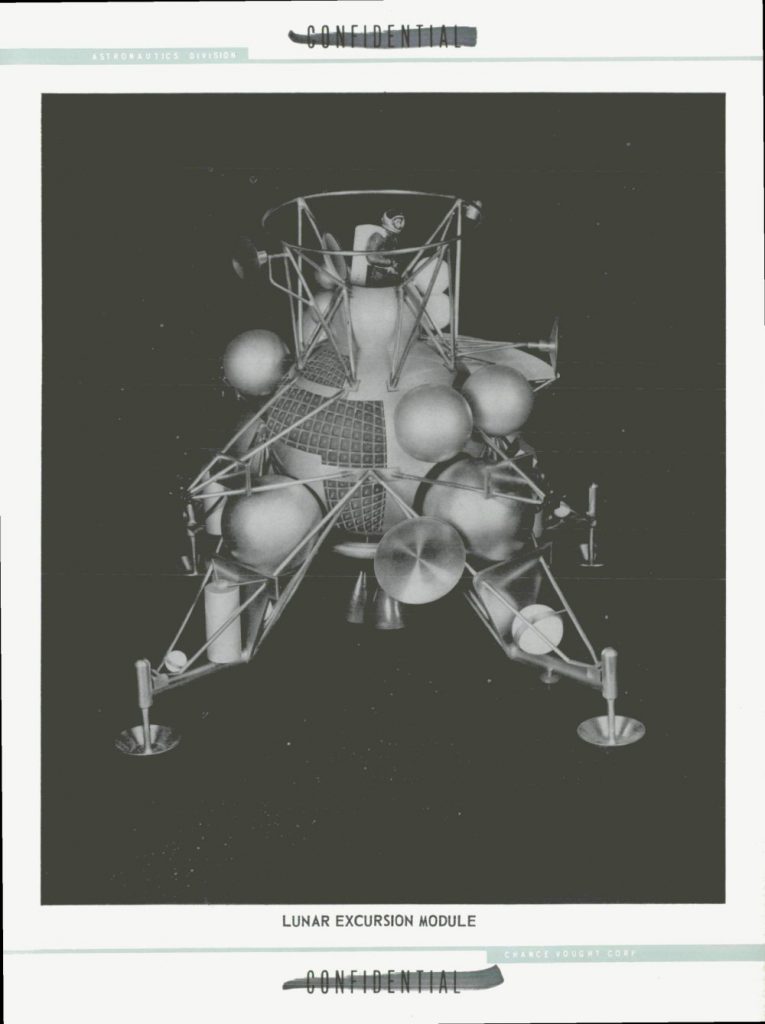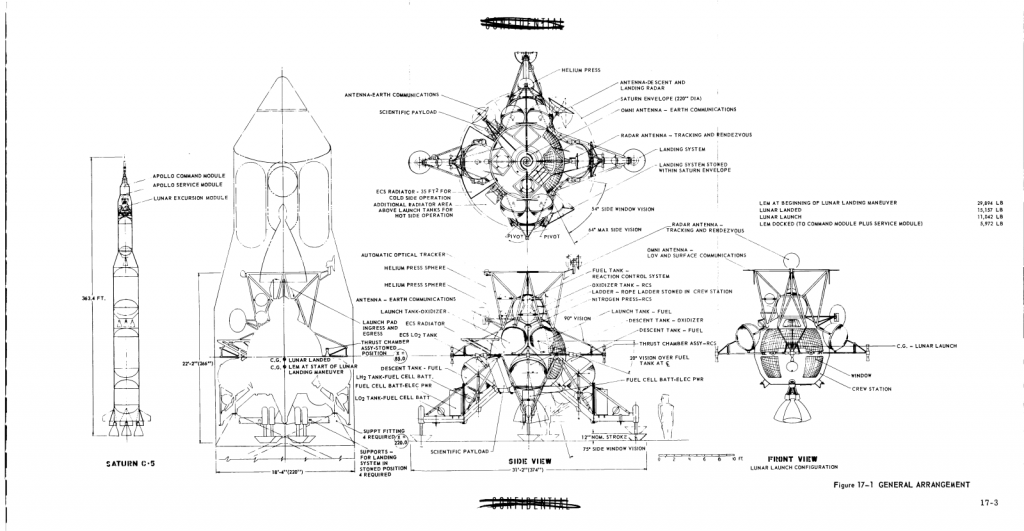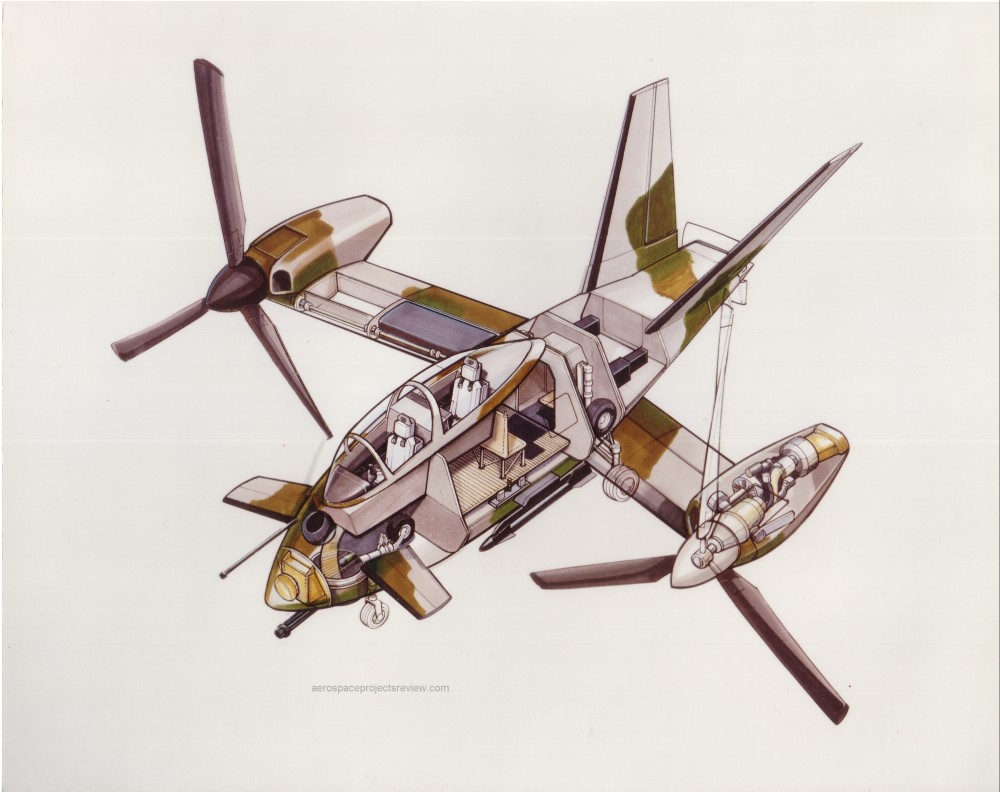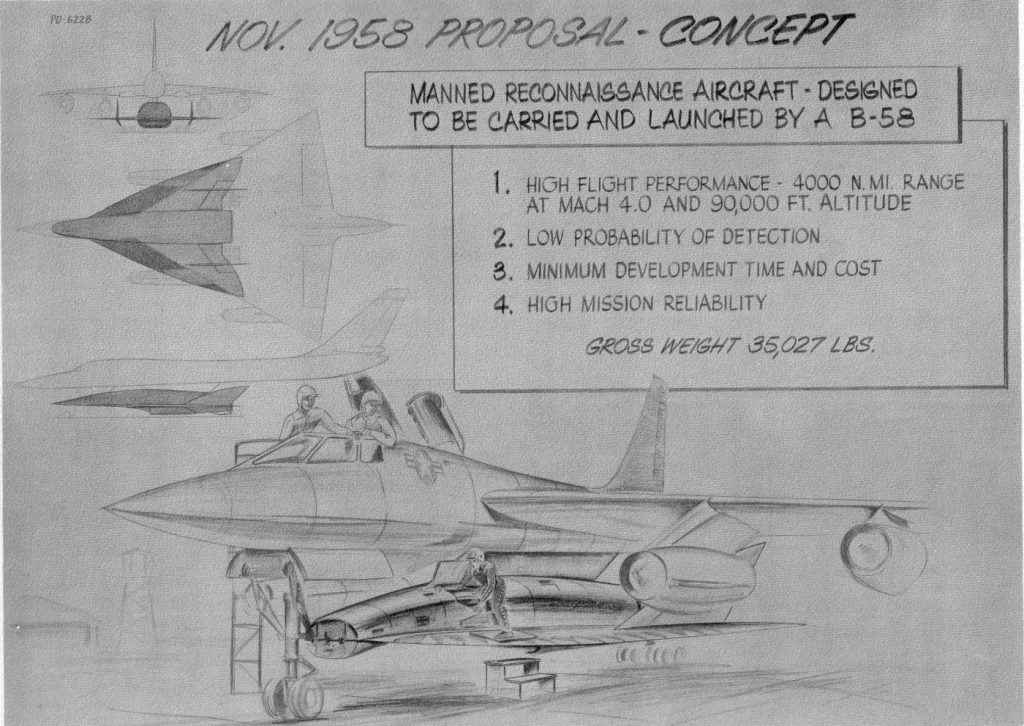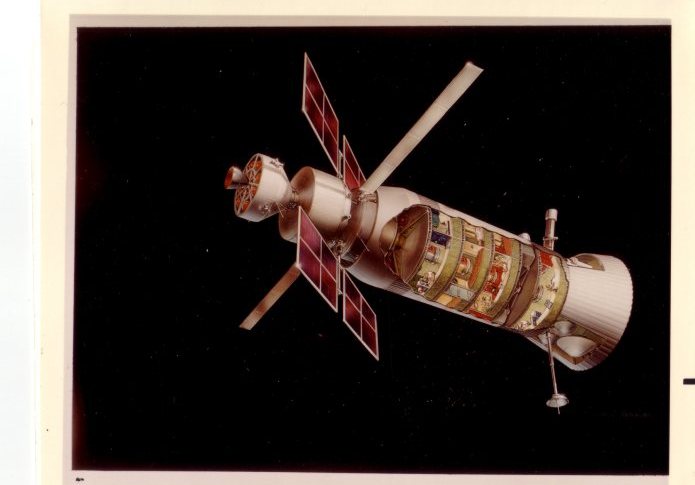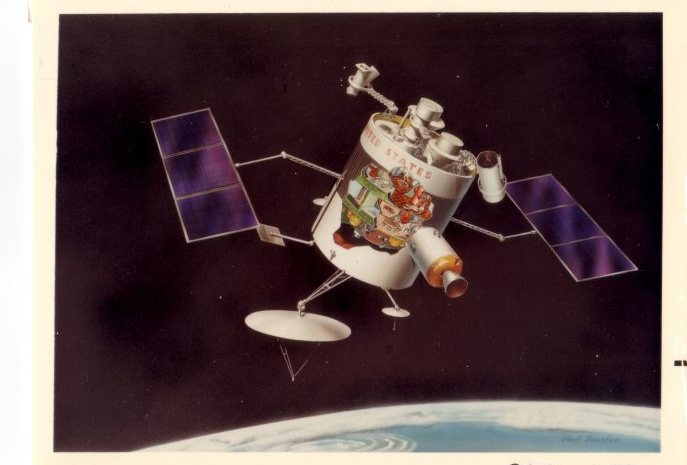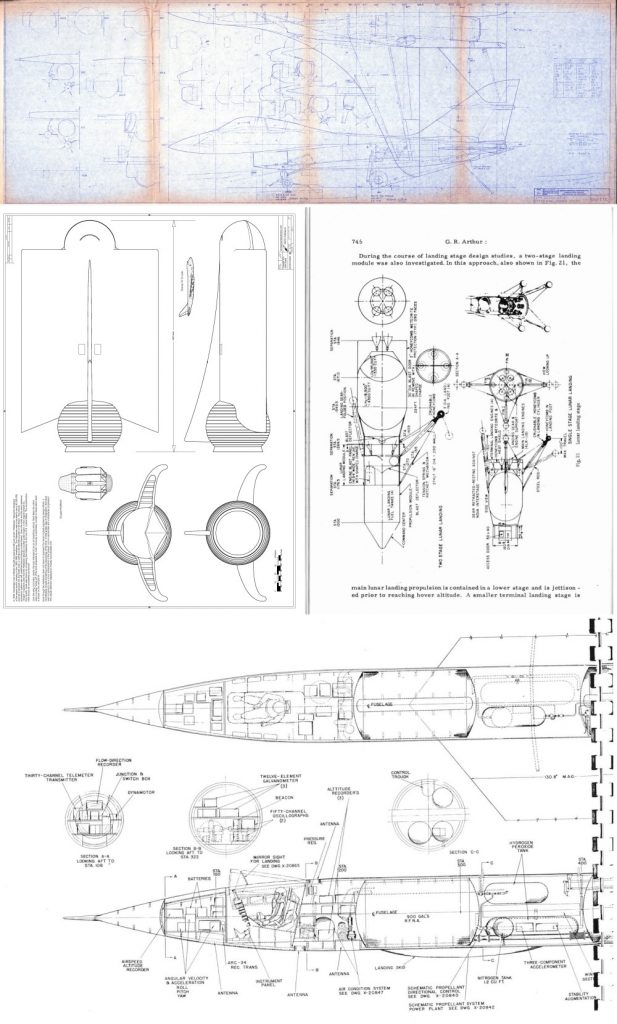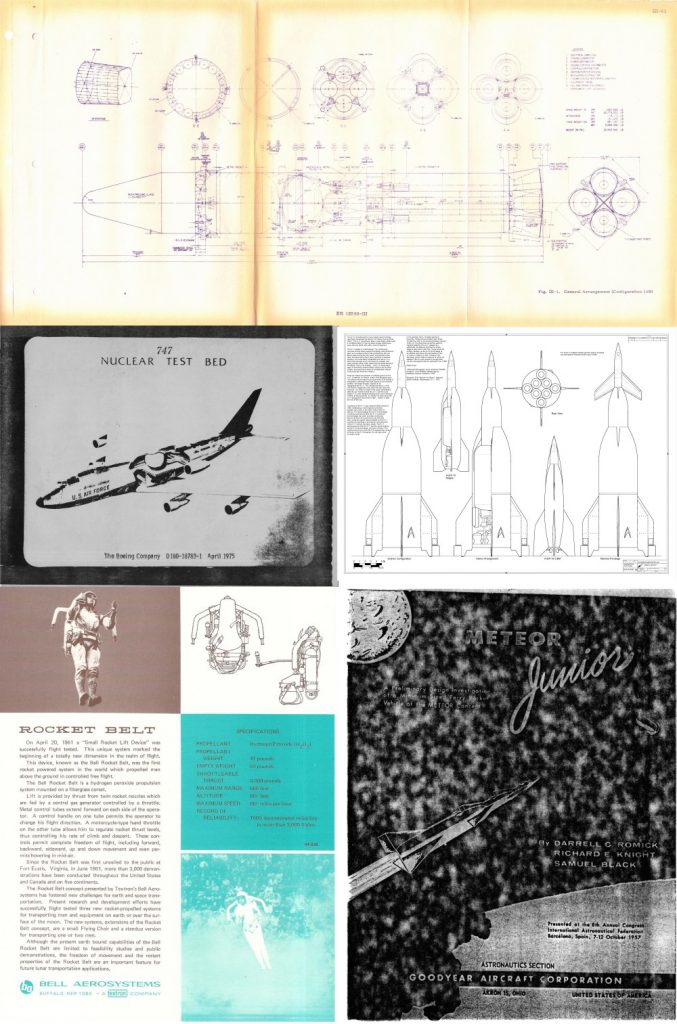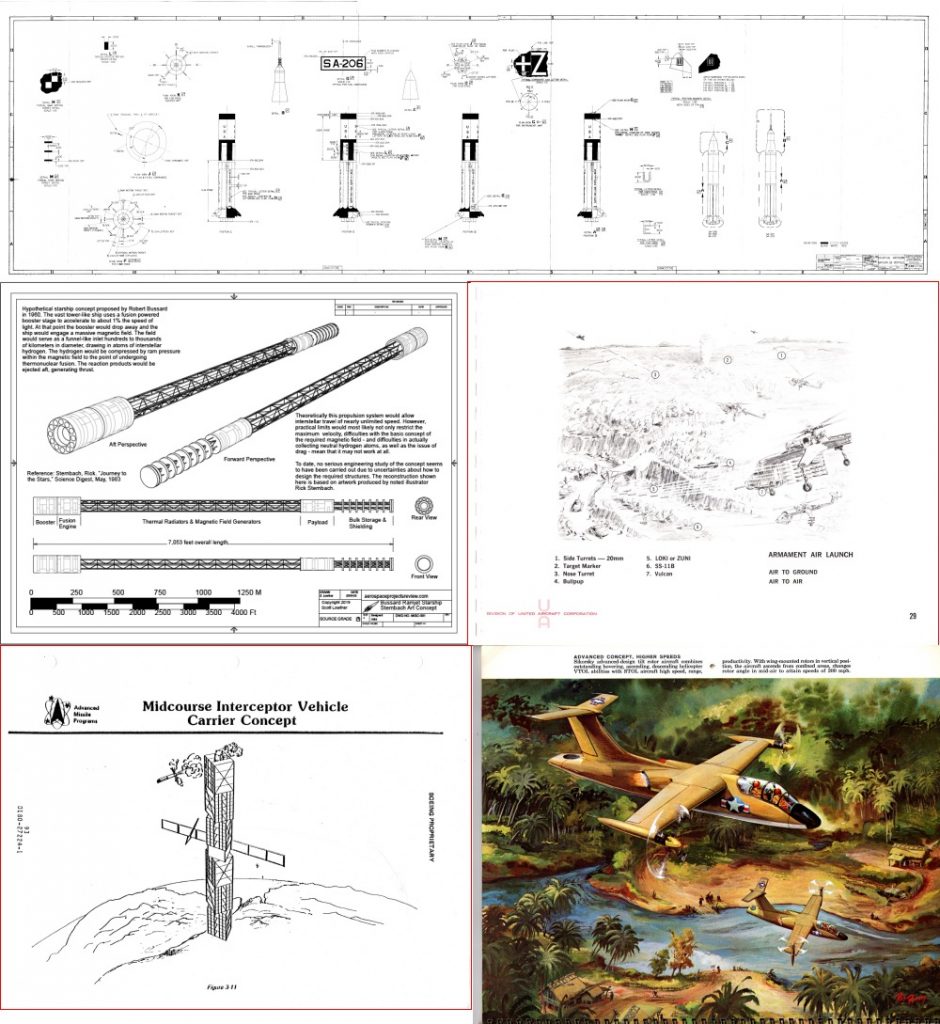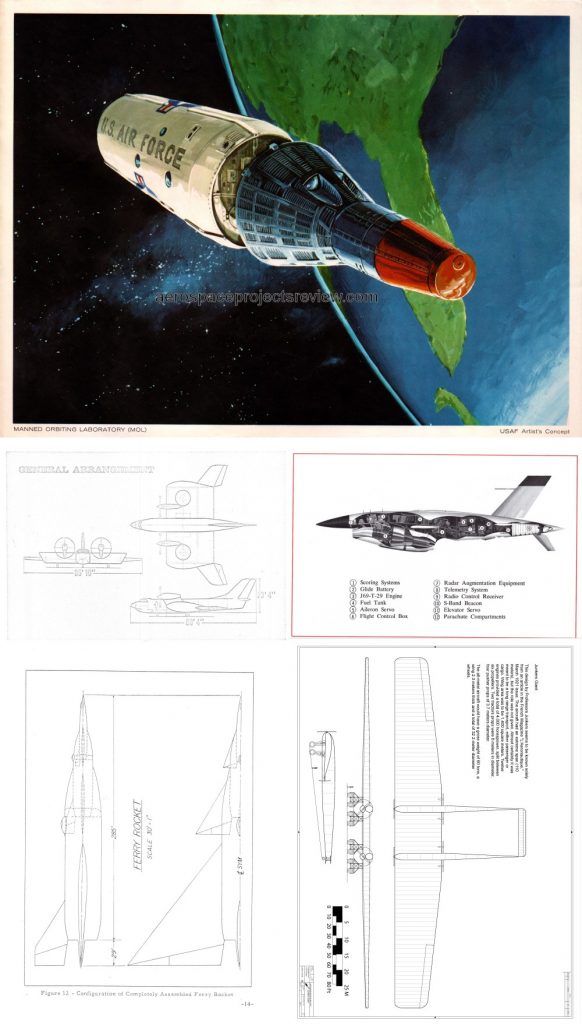NASA has announced that the next planetary mission will be a flying drone probe for Titan. This should prove interesting, thought it would b best if instead of sending one helicopter, they put the things into mass production and sent a *lot* of them to Titan. Given how much cheaper Falcon 9 Heavy is than the likes of Delta IV, to say nothing of the *possibility* of BFR/Starship. Imagine sending a *fleet* of these things to Titan in one shot…
Also good news: it’s nuclear powered. So instead of slapping down into the methane mud and promptly running out of battery life, it could potentially function for *years.* Even if it’s just sitting on a hilltop motionless, if it has a decent camera angle on the surroundings it could provide years of interesting observations.

